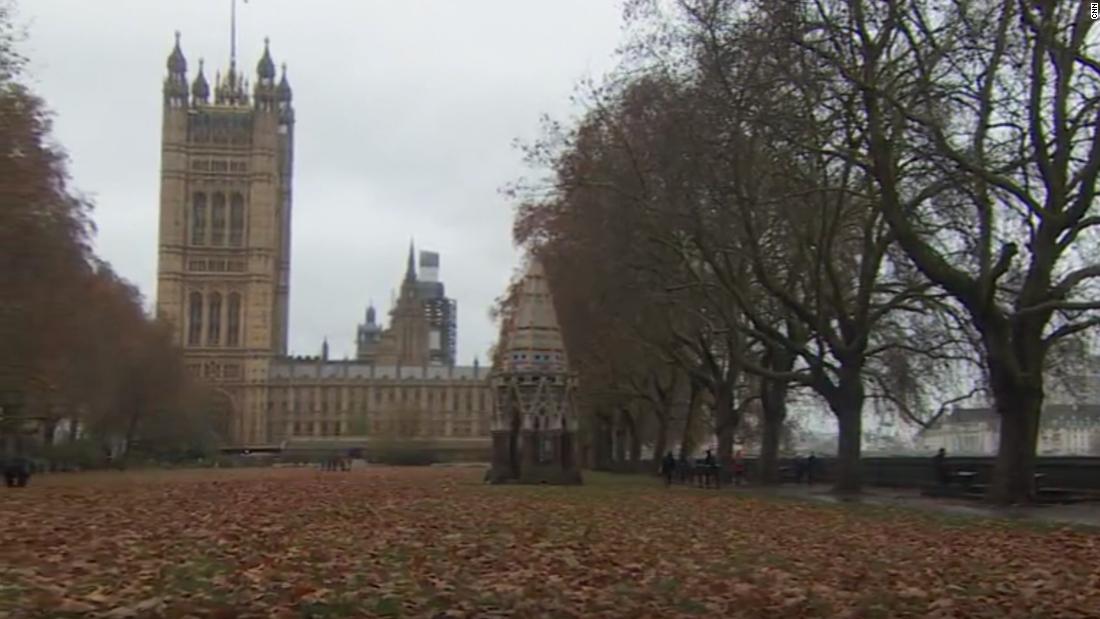A “CHEMICAL fingerprint” left on the stump of the felled Sycamore Gap tree could hold the key to who cut it down.
Forensic scientists are currently examining samples from the tree for traces from the chainsaw’s oiler, which lubricates the chain and keeps it from over-heating and seizing up.
PATraces of oil from the chainshaw could help identify those responsible for cutting down the Sycamore Gap tree[/caption]
NCJMediaForensic experts examine the tree at Sycamore Gap[/caption]
ReutersCops hope forensic specialists can help reveal who was responsible[/caption]
Sources familiar with the inquiry say identifying the blend of oil could help identify the specific saw used.
A source told The Times: “It’s not uncommon for farmers to save themselves £20 by using engine oil to lubricate the chain.
“Or they might have used one of the popular makes like Husqvarna or Stihl. Or perhaps a blend of both might be found, giving a unique forensic makeup.”
One of Britain’s most experienced forensic scientists, Dr Angela Gallop, whose work helped convict two of Stephen Lawrence’s killers, said: “Any oil smeared on to the stump from the chainsaw could be useful in providing a link with a particular saw.
“When topping up machinery with different types of oils, you might add one type of oil with another type of oil with slightly different chemical components, and build up a chemical ‘fingerprint’.”
The famous 300-year-old tree which was 70ft tall and grew in a dip in the hills next to Hadrian’s Wall in Northumberland was cut down nearly two weeks ago in what cops say was an act of vandalism.
The healthy tree, which was featured in Hollywood film Robin Hood: Prince of Thieves, triggered an outcry from politicians and environmentalists who demand those responsible should be held accountable.
The police inquiry is ongoing with Northumbria cops hoping forensic expertise can help solve the mystery.
Police have already consulted experts in chemical science, lumberjacks for advice on chainsaws and biologists with expertise in tree DNA.
Officers hope sawdust and tree particles on the culprit’s tools or clothing can be matched back to the tree.
Gallop said: “There are various things they could be looking for, including identifying fragments of sycamore wood on the chainsaw responsible or the clothing of the person who used it.
“In theory, they could even look at the DNA in the fragments although I’m not sure whether anyone will have worked out the DNA sequence specifically for sycamore.”
Cops are investigating if there is enough academic research to be able to match a specific sycamore to its particles.
Forensic ecologist Professor Patricia Wiltshire, who has worked on hundreds of police investigations and is known as ‘Pollen Pat’ said: “It’s very difficult to know how far you could go with DNA on a tree.
“There would have to be a huge database… And who would want it for a sycamore?”
However, Wiltshire believes that by examining the shoes, car and clothing of any suspect for sycamore pollen, she might be able to match it to the scene of the crime.
Walter Renwick, 69, was arrested by cops and later released on bail but the former lumberjack has denied responsibility.
A 16-year-old suspect has also been bailed.
The National Trust, who run the UNESCO World Heritage Site where the tree stood at Hadrian’s Wall, said they were “saddened” by the act of vandalism.
Cops now think they have a better understanding of how the tree was felled.
The person responsible made two cuts using a long-barred chainsaw to create a wedge shape, a triangular piece of wood that pops out to form a “hinge”.
They then cut into the tree’s north-facing side to take advantage of the tree’s natural lean and then made a third cut.
Forensics experts think a plastic wedge may have also been used, hammered into the cut to widen the gap.
Cops are also looking at possible charges which could include felling without consent and of causing damage to a heritage site as Hadrian’s Wall has incurred some damage.
Outrage was also sparked after a 1,000-year-old yew tree was felled.
The 40ft-high tree came crashing down last week in a field near Uckham Lane, Battle, East Sussex.
Avalon.redThe 300-year-old tree was a much-loved landmark[/caption]
Former lumberjack Walter Renwick has been bailed by police but has denied responsibilityNNP Published: [#item_custom_pubDate]















































































































